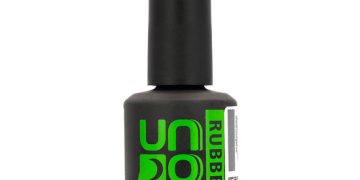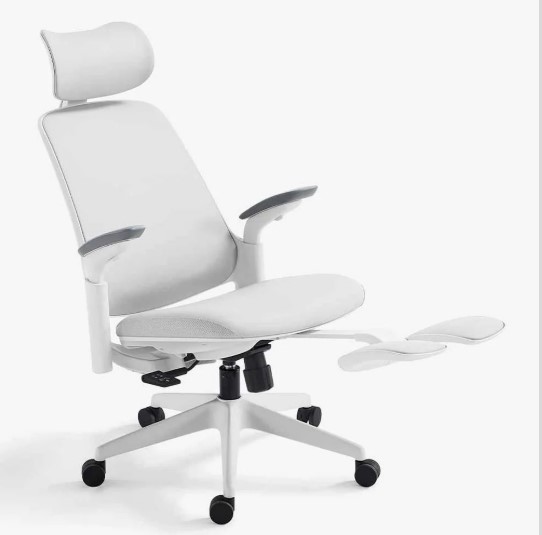You can place bets on international currencies through forex (external exchange) brokerage accounts, buying or selling currency pairs based on global economic developments.
The forex market operates 24/6, opening Sunday afternoon in the u.s. And close after the shopkeepers have finished their business on Friday afternoon. The volume of currency trading is huge, trading an estimated $4 trillion a day, which is larger than the world’s stock market or bonds.
Forex traders take long and short positions on two currencies, which calculate the exchange rate between two types of legal tender, such as the euro (eur) and the u.s. Dollar. Dollar (usd).
A long position opens a trade that makes money when the exchange rate moves higher; short sale profits when going down. Unlike stocks, the trader does not borrow money or security from the trader to open a short trading position, but may have to pay a rollover fee.
Brokers hold your money in an account that changes value overnight in response to daily profits and losses, and they handle fees that may include commissions, access to expert advice and withdrawal requests.
Some brokers hide their fee schedules within legal documents buried deep in the website’s print, which means potential customers should do their homework before opening an account. To help you avoid unpleasant surprises, here is a detailed look at how to choose a forex broker.
How to choose a forex broker
Choosing a forex broker requires that you first determine what type of investor you are and your goals in investing in the currency.
Each forex trading broker has its own pros and cons. Some of the important factors to consider are the policy, the level of security offered by these companies and the transaction fees. Security features vary from broker to broker. Some brokers have integrated security features such as two-step authentication to protect accounts from hackers.
Maximum forex brokers are regulated. Agents within the us are regulated through the countrywide futures affiliation (nfa) and the commodity futures trading commission (cftc), and France, Germany, Switzerland, Austria, Canada and the United Kingdom additionally adjust foreign exchange brokers. Now not all brokers are regulated, but, and agents ought to be cautious of unregulated firms.
Brokers also differ in their platforms with different minimum account requirements and trading fees. Before you jump on a trading platform, you may want to create a budget for your investment life.
Figure out how much you want to invest, how much you want to pay in fees and what your goals are. There are many factors to consider when choosing the right platform for you. Be sure to think as much as possible before you get involved.
Understanding forex currency pairs
Before signing up for an account, it is important to know the basics of forex trading from currency pairs to pips and profits and more.
A foreign money pair compares the value of currencies via a denominator courting, with the base foreign money on the pinnacle and the quote fee at the lowest. Inside the eur/usd currency pair, the sector’s maximum popular forex buying and selling instrument, eur is the bottom foreign money and usd is the quote currency.
A eur/usd quote indicates the charge almost same to what you will pay if you visit Paris and want to alternate bucks for euros. The usd is same to $1.00 on this calculation, so “eur/usd 1.23000” approach that the euro is trading 23% above the u.s. Greenback.
Every degree is taken in to five parts and also is available in a flipped model, which creates a new forex pair that moves within the contrary route. To follow our instance, eur/usd measures the fee of the euro against the us greenback even as usd/eur measures the cost of the us dollar against the euro. Therefore:
- If eur/usd = 1.25000/1.00 =1.25000
- Then usd/eur will = 1.00/1.25000 = .80000
Historically, traders in different countries have taken long and short positions with their base currency (the quote currency), but that has changed after the popularity of forex has risen over the past decade.
Now, many participants around the world trade the currency at a higher rate. The most popular version can also carry a narrower bid/ask spread, reducing the cost of trading.
Forex traders make money on long eur/usd positions when the rate goes up and lose money when it goes down. Conversely, traders make money on short eur/usd positions when the ratio falls and lose money when it accumulates.
While traders can offer a lot of money on it, the four main ones attract the greatest interest in trading:
- Eur/usd – the euro and the u.s. Dollar
- Usd/jpy – the u.s. Dollar and the japanese yen
- Gbp/usd – the british pound sterling and the u.s
- Usd/chf – u.s. Dollar and the swiss franc
Pips and profits
Forex quotes show two values, the highest ask price and the lowest bid price. The last two decimals are usually drawn in very large letters, with a small value called a pip (percentage). All positions start with a small loss because traders must buy at the ask price and sell at the sell price, and the middle between the two numbers is called the spread.
This is a common way of working because most forex brokers do not charge commissions or trading fees, instead relying on bid/ask spreads as their main source of income. A large pair of funds usually shows a narrower spread than a small pair but many brokers now offer fixed spreads, meaning they will not increase.
Traders should choose a size range for their forex positions. Most represent the smallest available trade size for that currency pair. $100,000 is considered the standard 100k lot for us dollar trading and used to be the minimum lot allowed for most forex brokers.














